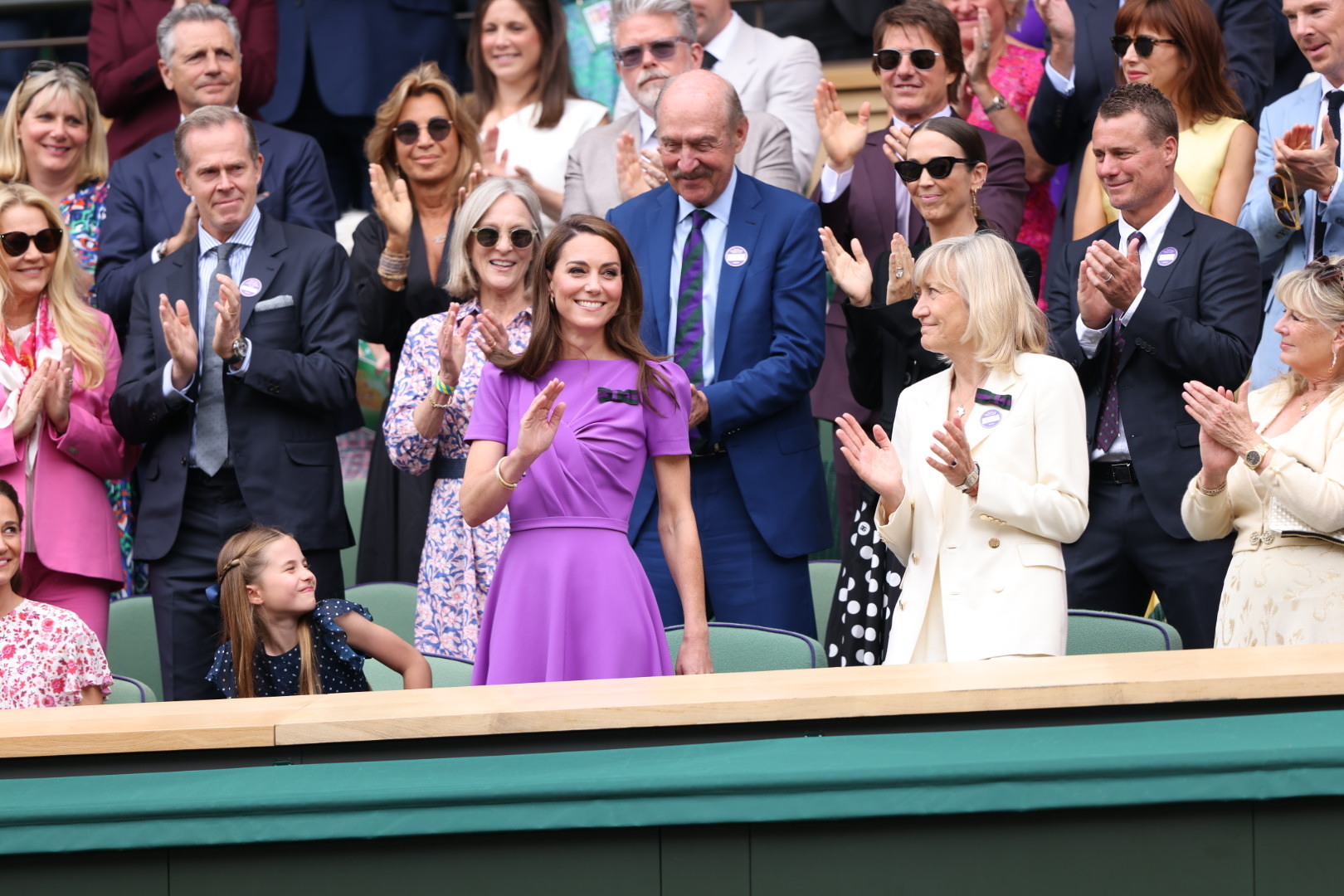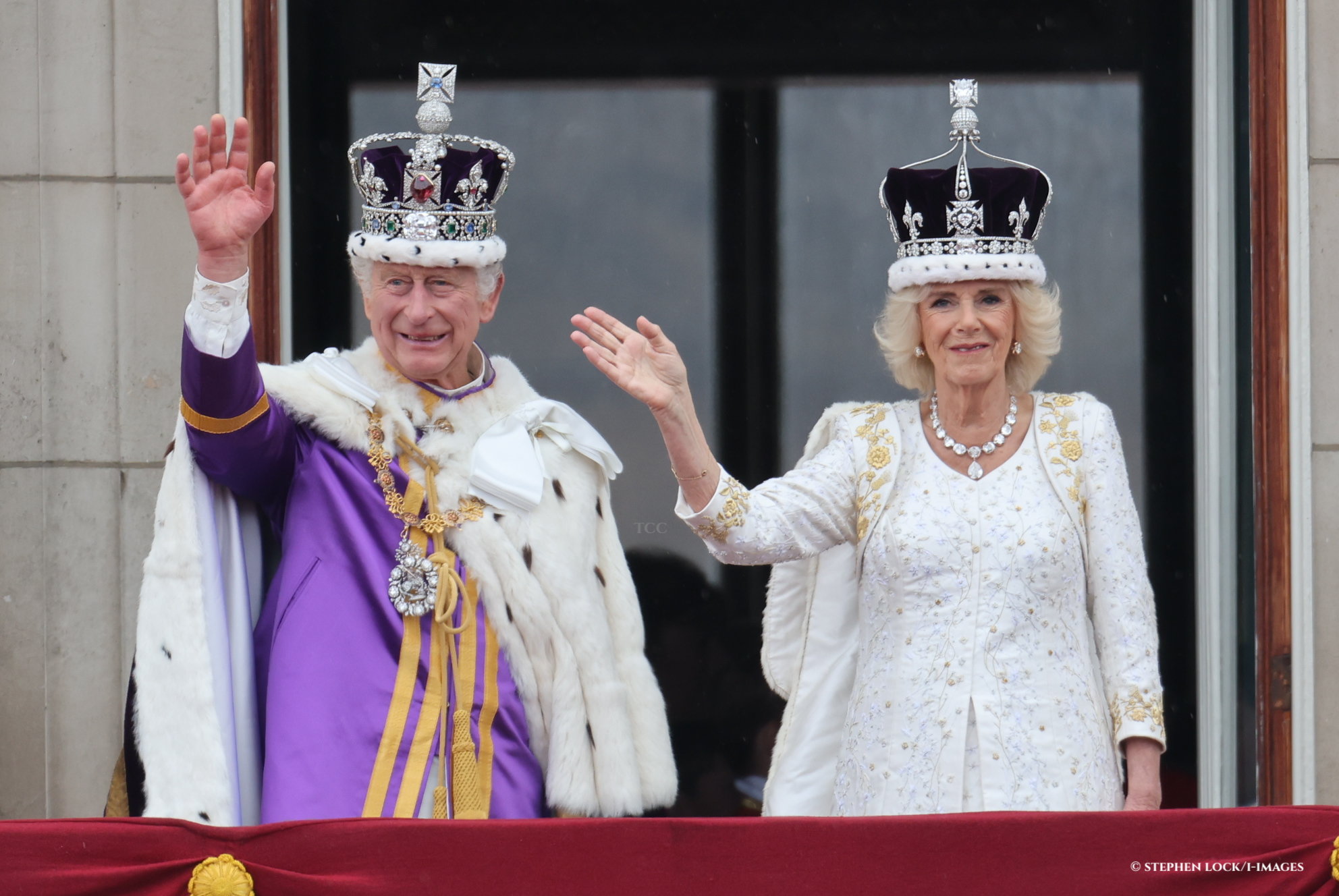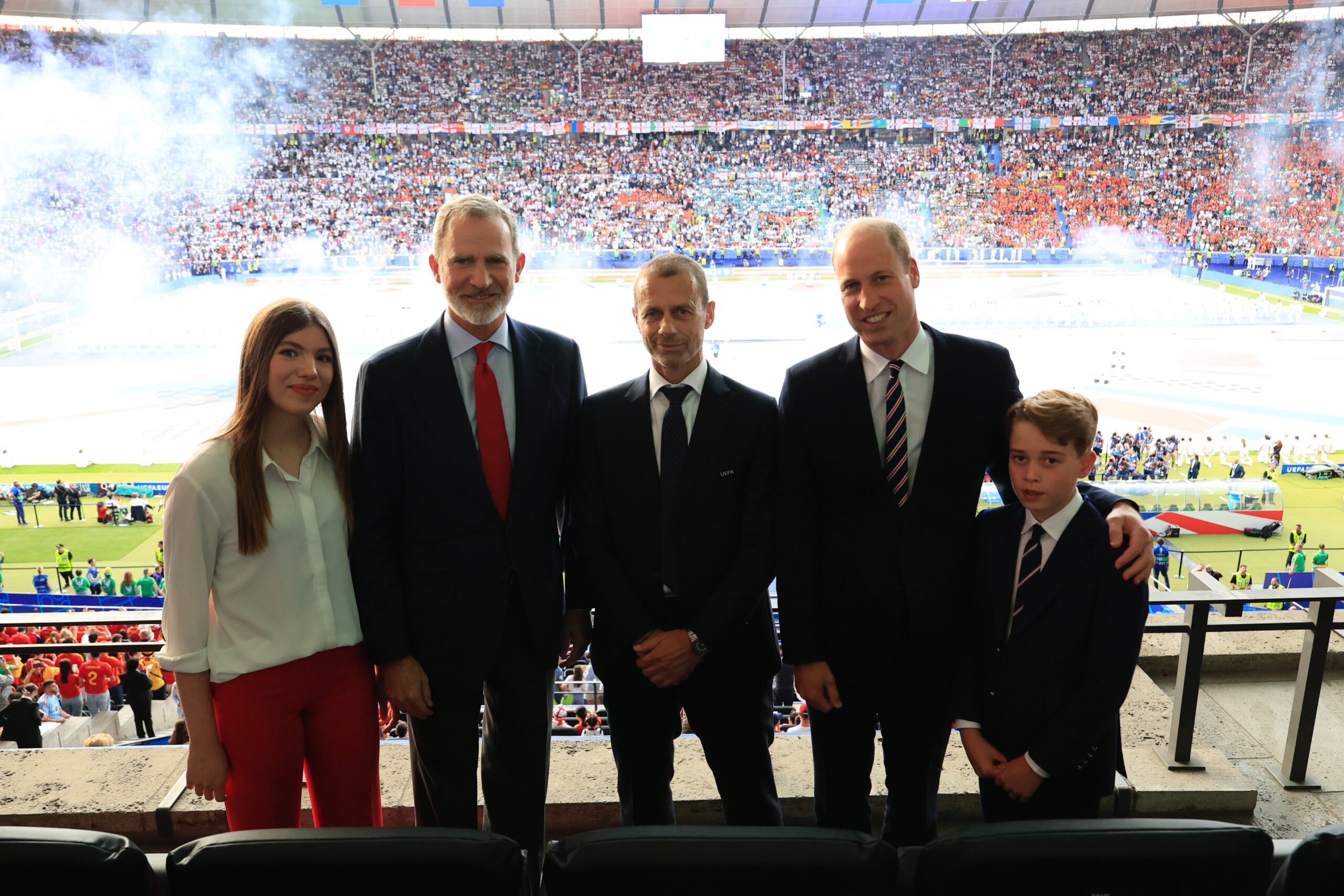The year was 1992. The biggest film at the box office was ‘Batman Returns’ and the world was trying to sing ‘I Will Always Love You’ like Whitney Huston. Everyone was also talking about Diana: Her True Story.
The book exploded on to the scene, blowing away the facade of a fairytale marriage between The Prince and Princess of Wales. It became an overnight bestseller, and writer Andrew Morton – who had been reporting on the Royals for a decade at that point – became a household name for years to come.
[– Content warning: this article contains information about poor mental health, self harm and eating disorders–]
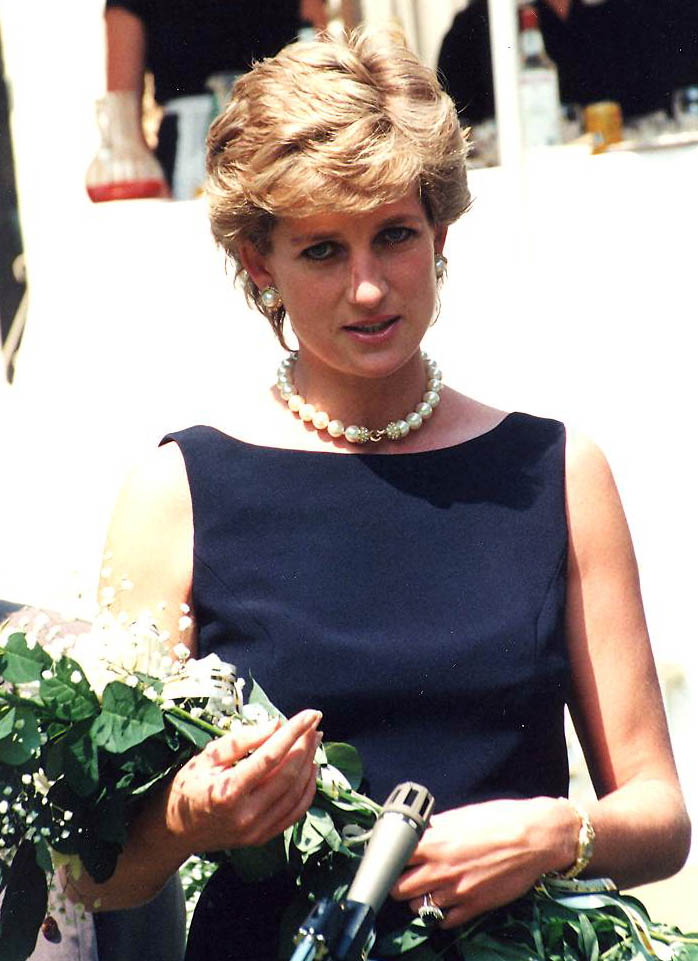
The Princess of Wales cooperated with a biography about her, recording secret tapes for Andrew Morton. (Nick Parfjonov)
Most people could not, and did not, believe most of what the book had to say. Stories about turbulent relationship with Charles, an affair with a woman named Camilla Parker Bowles, attempts at suicide and an eating disorder (among countless other stories about her time in the Royal Family); it just could not be true! Andrew Morton could not know all of this, such intimate details and strange stories; the only person who really knew the true story was Diana, so it had to be all a lie, right?
Unbeknownst to the public, until 1997, Diana had been a big participant in the writing of the book, sharing her information via secret tape recordings. This was the so-called True Story…
It was 1991, and Yorkshire-born journalist Andrew Morton was setting about writing a biography on The Princess of Wales. It was a big year for the Princess after all, Diana would be marking her 30th birthday and also her 10th wedding anniversary. Two happy occasions, but behind the scenes, things were not as happy as they appeared.
Nobody knew that, but the couple and those they kept close to them, and Morton certainly knew nothing of the events that would eventually end up in his book and which would have the public brand him the biggest liar in the world for years.
Morton, like the overwhelming majority of the public, believed the Princess to be a happy woman, and the marriage to also be content. After all, they had two young sons, and photos showed smiles at royal engagements across the globe.
Andrew had met and spoken to both Prince Charles and Diana many times, but conversations never went deep. They were the conversations Royals have with the reporters that cover their engagements for the public to read about: “that’s an interesting tie,” and “how are you doing today?”.
Diana knew that Morton was doing research into writing a book about her – Royals tend to know what a journalist is writing, or planning to write, about them – but not always this much in advance. Normally Royals don’t get involved, they let the journalist write their book and the subject probably won’t ever read it. Indeed, they usually swat away requests to talk to the writer, with authorised royal biographies only being released after their deaths, and even then, usually only the Monarch and consort.
But this was different. Something made Diana reach out to Morton, something made her want her side of the story to be told to everyone – and even Morton wasn’t sure what that something was.
Morton thinks that The Princess of Wales wanted to escape the life she was living, but could not physically up and leave to the other side of the world. The public would scrutinise everything she was doing, and leaving Britain would be seen as a dereliction of duty, which went against what the Royal Family was all about. It dawned on her that the only way they would understand, was if they knew the reasons behind her actions.
But how did Diana get in contact with Morton in the first place? Well, it was through a mutual friend, Dr James Colthurst. Dr Colthurst had known Diana since she was 17, while Morton first met him during a when the Princess opened a new CT scanner at St Thomas’ Hospital, London in 1986.
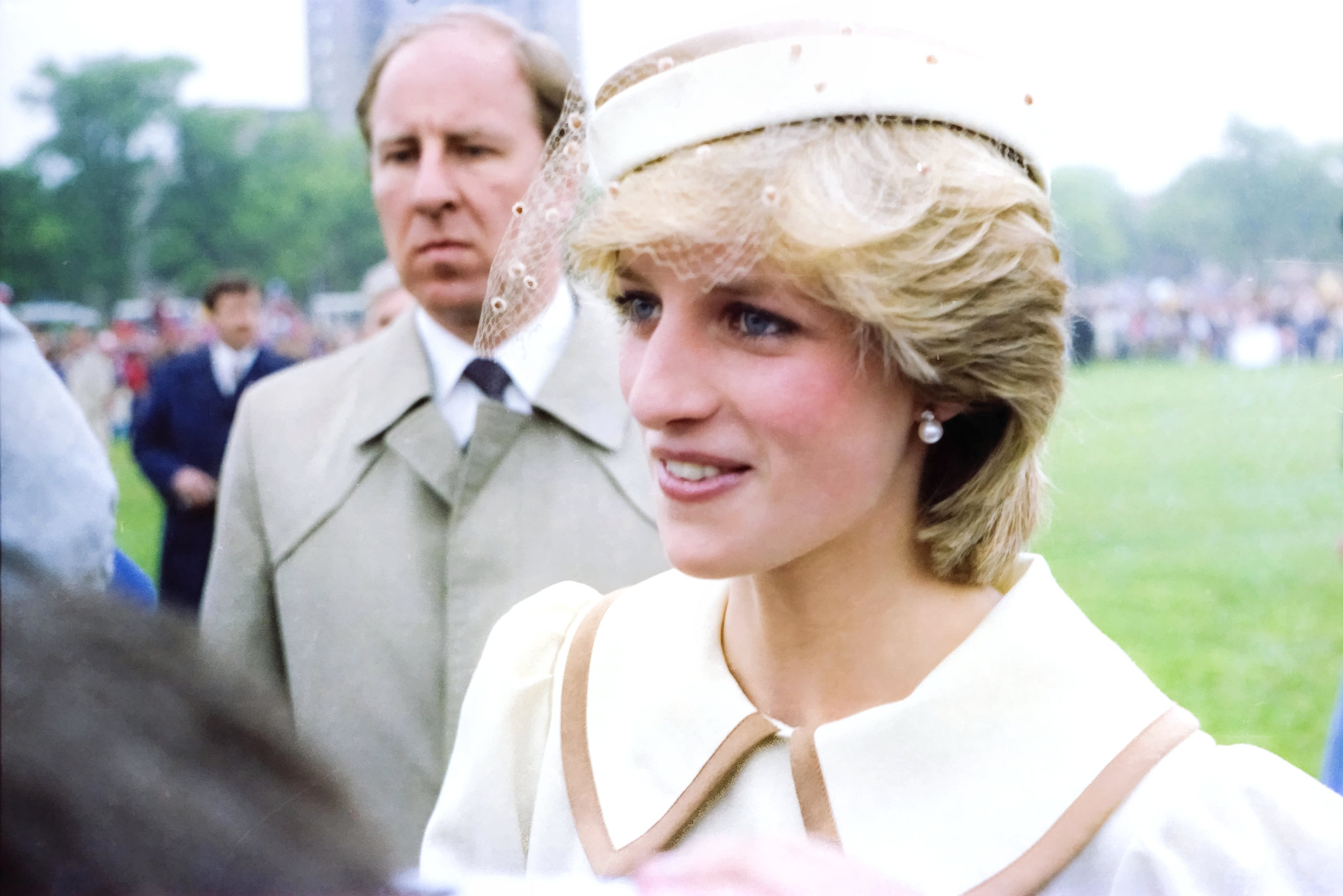
Diana, Princess of Wales, on a visit to Canada in 1983. (Russ Quinlan)
It started off with Diana testing Morton by giving him little snippets of information through Colthurst, which he would then turn into news stories. After some time, being pleased with the result, she asked Colthurst if Andrew would “want an interview”. Morton couldn’t pass that offer up, as he was keen to speak to her.
But the interview was not to be a normal one. They could never sit down together for a chat, as Morton’s presence at Kensington Palace would raise suspicion, and Diana’s shrinking circle of people she could trust meant she didn’t think it possible to meet him discreetly.
Thus the interview was done by proxy. Morton would give his questions to Colthurst – an inconspicuous friend – who would go to Kensington Palace and ask Diana. The question and answer section was conducted in her sitting room and was taped. There would be six of these interviews in total.
On the interviews, Colthurst later said: “Before we began, she took the phone off the hook and closed the door. Whenever we were interrupted by someone knocking, she removed the body microphone and hid it in cushions on her sofa.”
As well as the six tapes, Diana passed letters to Morton via Colthurst to back up her claims. The letters were from Camilla to Prince Charles, confirming their affair. Due to the libel laws in Britain, Morton was never able to write that Charles and Camilla had an intimate relationship: he could not prove the scandal without giving away Diana’s involvement in the book. Allusion was all he could give…
Morton claims that during the time of the interviews, his office was broken into, but that nothing of significance was taken, suggesting that someone knew about the tapes, or at least, Diana’a co-operation. After that event, Diana had her sitting room swept for listening devices, but none were found.
But while Diana wanted to expose Charles and Camilla’s extramarital activities, she wanted to keep her own secret. She hid her love affairs with Captain James Hewitt, James Gilbey and Oliver Hoare from Morton. So in truth, ‘Her True Story’ was never really the whole picture – just the bits she wanted to share.
7th June 1992 saw the very first extract from the book be printed in a national newspaper. The Sunday Times was the only paper that serialised the book, and it only did so after editor Andrew Neil was tipped off by a friend of Diana’s to how true the book was. The headline read: “Diana driven to five suicide bids by ‘uncaring’ Charles – and that’s when the backlash began.
The public were in states of shock and disgust. The Archbishop of Canterbury condemned the book, and an MP suggested Andrew Morton should be imprisoned in the Tower of London. Even the chairman of the Press Complaints Commission accused the media of “dabbling their fingers in the stuff of other people’s souls”.
The book would go on the be banned by numerous bookstores and supermarkets. Ironically, the book was being piously boycotted on the suspicion that it was a pack of lies, such was the shock the claims and stories brought. But soon people started to realise that the book really was Diana’s experience, and the outpouring of public support for ‘the People’s Princess’ became almost overwhelming.
But what were the public not wanting to believe, apart from the fact that the Waleses’ marriage was pretty much over? Well, they didn’t want to believe that the beautiful fairytale princess they admired was a deeply depressed woman, who lacked stability and was dealing with bulimia.
One of the most shocking allegations in the book was where Morton claimed the Princess of Wales had flung herself down a flight of stairs at Sandringham while pregnant with William. Speaking on tape about it, Diana said: “When I was four months pregnant with William I threw myself downstairs, trying to get my husband’s attention, for him to listen to me.
“I had told Charles I felt so desperate and I was crying my eyes out. He said I was crying wolf. ‘I’m not going to listen,’ he said. ‘You’re always doing this to me. I’m going riding now.’ So I threw myself down the stairs. The Queen comes out, absolutely horrified, shaking — she was so frightened.”
Her exact account of the incident wasn’t published until the book was re-released in 2017 to mark the 20th anniversary of her death.
Another shocking claim the book made was that Diana self-harmed, using sharp implements to cut herself, and even throwing herself at a glass cabinet.
In the 2017 re-release of the book, Diana was quoted as saying that she tried to cut her wrists during her honeymoon at Balmoral. She said that her bulimia had left her “terribly thin” and that she was “so depressed” that she was “trying to cut my wrists with razor blades”.
Diana reportedly left Balmoral early, so that she could get help in London. “All the analysts and psychiatrists you could ever dream of came plodding in trying to sort me out. Put me on high doses of Valium and everything else,” she said.
The Princess revealed to Morton that she suffered from post-natal depression after giving birth to William in June 1982, and that “if Charles didn’t come home when he said he was coming home, I thought something dreadful had happened to him.”
Nobody wanted to believe any of that. Nobody wanted to believe this beautiful woman, who seemed to have it all, really could not cope and needed help. That wasn’t how Princesses were, that was not what happened in fairytales.
To the Palace, the book was outrageous. Something had to be done, it was clear that Diana and Charles could not be together if they were going to be taking shots at one another, and the institution in this way.
On the 9th December 1992, Prime Minister John Major announced that The Prince and Princess of Wales were to separate.
The couple would officially divorce in 1996, with Diana losing her HRH style, becoming ‘Diana, Princess of Wales’. For five years until 1997, she would take on a more humanitarian role and become one of the most famous humanitarians in the world. Sadly, on the 31st August 1997, she died following a car crash in Paris.
Diana never regretted her involvement in the book (unlike her Panorama interview in 1995) and following her death, Andrew Morton would reveal to the public that Diana had been involved. He would re-release the book under the new title ‘Her True Story – In Her Own Words’.
But the book is one of bias. It tells one side of a story, from Diana’s viewpoint, when there were other sides to tell. Nobody was truly a saint in this story.
Is the book really ‘Her True Story’? Since details of her own wrongdoings in the marriage are left out, I would say no, it isn’t. Prince Charles would tell his side of the story with the help of Johnathan Dimbleby in 1994 so we eventually got two sides.
But you know what they say – there are three sides to every story.

